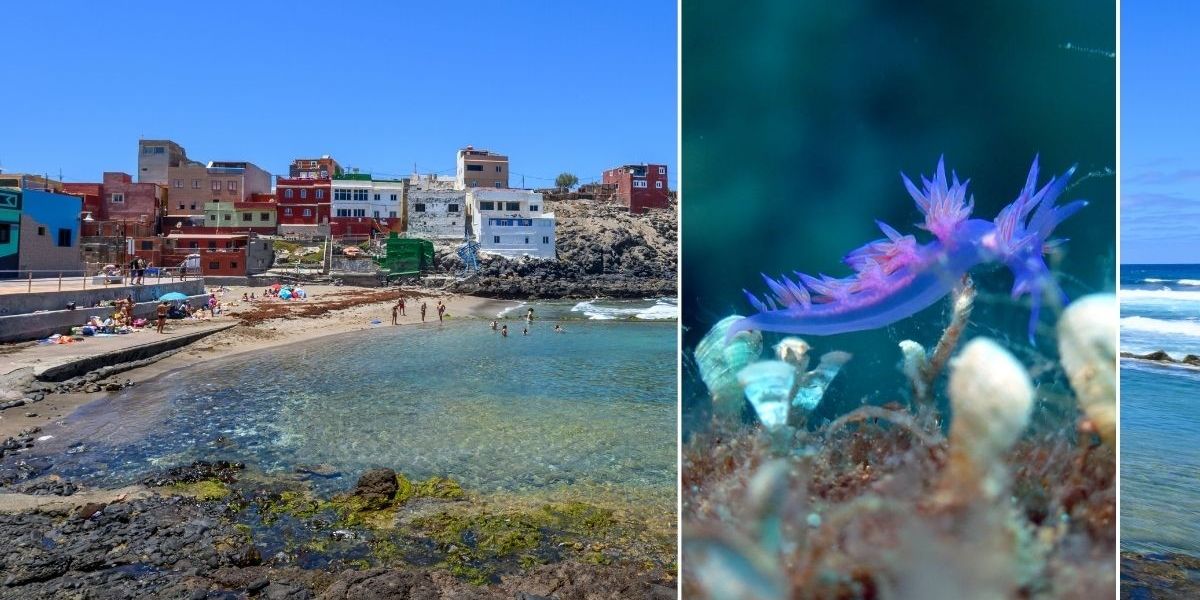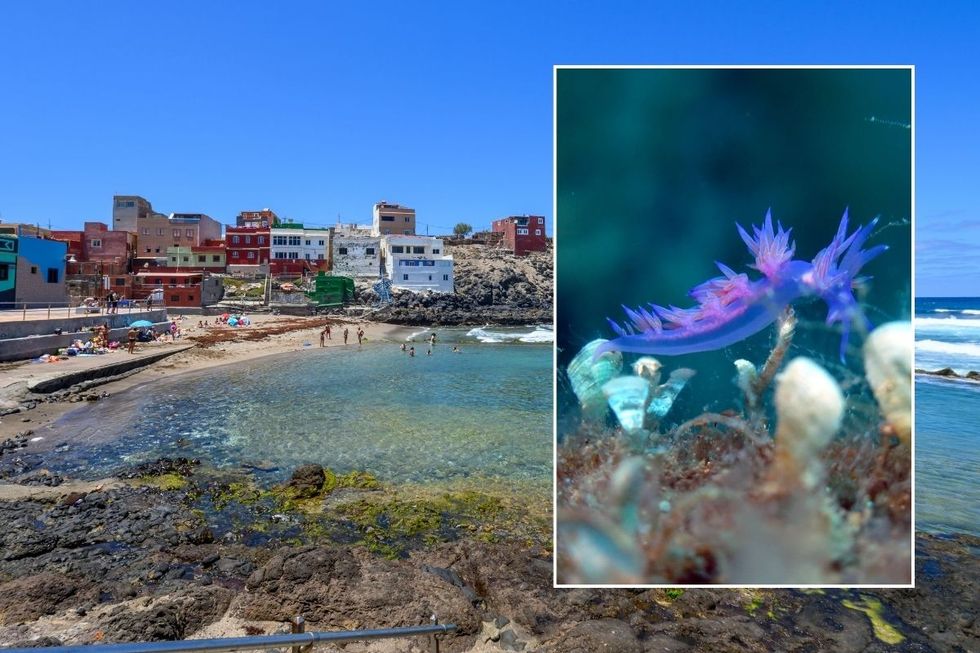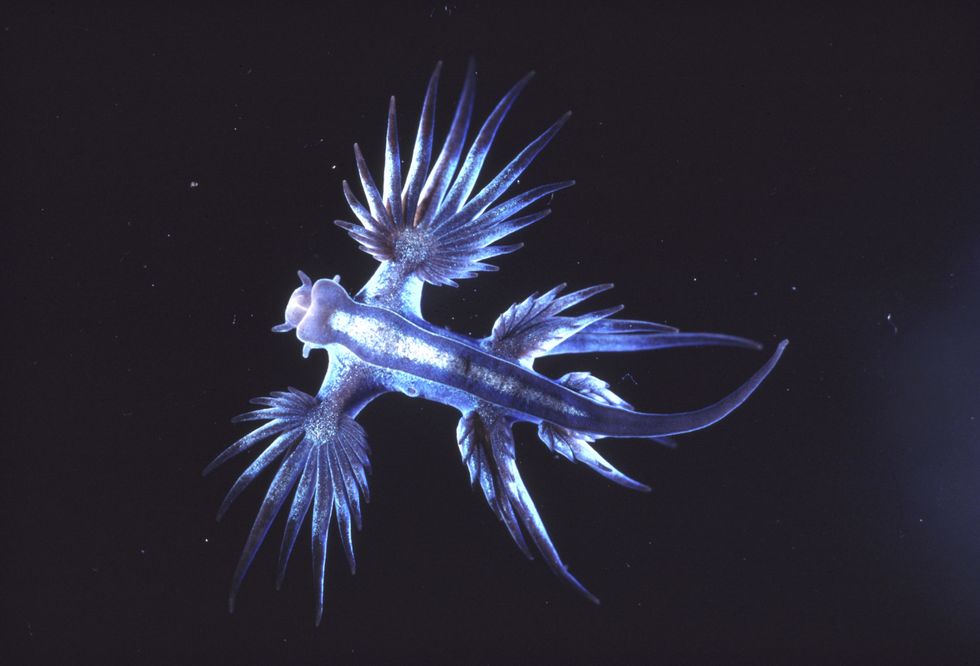A popular beach in the Canary Islands has been shut down after a rarely-seen creature was spotted along its shore.
Authorities have prohibited swimmers from entering the waters after one person identified the deadly creature.
The breed of mollusc was seen in the waters off Los Dos Roques in Galdar on the Canary Islands on Thursday.
The beach, located in the northern part of the Canary Islands, will remain closed until it is deemed safe for swimmers.

The venomous creature was spotted along the shores of Los Dos Roques
GETTY
The local council has urged beachgoers not to go into the water at all until it is given the all-clear.
Anyone who spots the mollusc at beaches nearby has been urged to report it to local lifeguards.
The creator carries venom in its fingers and appendages, inflicting a life-threatening sting on anyone who comes in contact with it.
This can cause nausea, pain, vomiting, acute allergic contact dermatitis and post-inflammatory hyperpigmentation.
Experts at Accuweather warn: “Blue dragon stings can cause nausea, vomiting and disorientation.
“If you’re stung, pour vinegar or warm water on the site, but don’t get in the water or rub it with sand.”
The striking creature is typically two to three centimetres in length and is identifiable by its electric blue and grey streaks. It will typically hang out by the surface of the water.
Typically found in open seas, it belongs to a family of gastropods that store venom in their limbs.
Researchers cautioned earlier this year that the creature was making a return to Spain for the first time in 100 years.
Sur reported that several of the curious creatures were spotted during the summer of 2021 along the coast of Alicante.
LATEST DEVELOPMENTS

The Blue Dragon fish carries venom in its fingers
GETTY
These sightings came a century after they were previously spotted in the Balearic Islands in 1925.
Professor in the Zoology department of the University of Granada, Luis Sánches Tocino, spoke to Sur about the creature’s defence mechanisms earlier this year.
“Its defence system is based on the stinging cells of the animals it feeds on,” the expert said. “They store them in their digestive system and act when they need to defend themselves.
“Its blue colour means that from the air it can be mistaken for the colour of the sea, while below it is silver, making it difficult to distinguish from the sun’s rays against the light.”













Post comments (0)